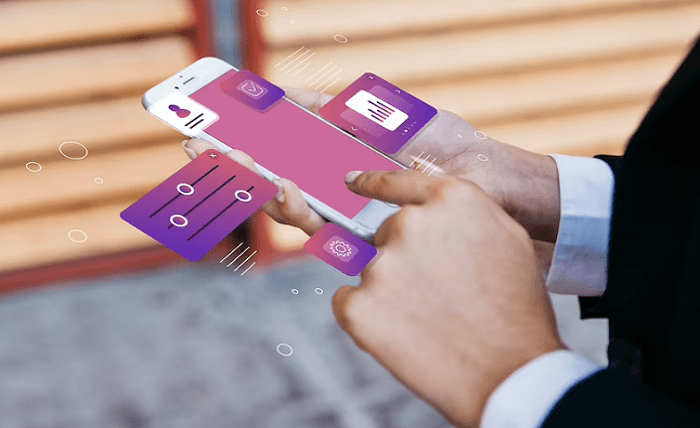Having an online bank account has become more of a necessity than a luxury in your digitized world. It’s like carrying a virtual wallet that helps you easily navigate the financial landscape. But, just as you guard your physical wallets, you must also secure your digital ones. Here are seven key steps to fortify your online banking experience, ensuring your financial transactions are as safe as a vault.
Table of Contents
Create Robust and Unique Passwords: Your First Line of Defense
Imagine your password as the key to a treasure chest. You wouldn’t want it to be easily duplicated or guessed, right? A strong password is the cornerstone of online banking security.
It’s advisable to create a unique and complex password, something that cyber thieves don’t easily decipher. Consider combining upper and lowercase letters, numbers, and symbols. It’s akin to setting a complicated lock combination on your treasure chest that only you know.
Leverage Two-Factor Authentication: An Extra Layer of Security
Two-factor authentication is like having a double-locked door — even if someone has your key, they can’t access your treasure without the second key. In the context of online banking, this process often involves entering a password and then providing another piece of information only you would have, such as a fingerprint or a code sent to your phone.
Adding this extra layer of security can greatly enhance the protection of your online bank account, making it harder for unauthorized users to gain access.
Keep Your Devices and Apps Updated: Stay Ahead of Threats
Think of software and app updates as renovations to your home security system. They patch up any known vulnerabilities, ensuring thieves can’t use them to sneak in. Cybercriminals often exploit security gaps in outdated software, so keeping your devices and banking apps up to date is crucial.
Beware of Phishing Scams: Avoid Taking the Bait
Imagine phishing scams as the modern-day equivalent of a con artist tricking you into handing over the key to your treasure chest. These scams usually involve fraudulent emails or texts that look like they’re from your bank, asking you to confirm account details or passwords.
Remember, banks will never ask for sensitive information via email or text. When in doubt, contact your bank to confirm the communication is legitimate. It’s better to be safe than sorry!
Use a Secure Network: Keep Your Transactions Private
Performing banking activities on a public Wi-Fi network is like discussing your deepest secrets in a crowded room; it’s not the place for private conversations. Similarly, unsecured networks can be easily hacked, leaving your sensitive information vulnerable.
Regularly Monitor Your Account: Be Vigilant
Keeping an eye on your account activities is like regularly checking if all is well in your home. Regular reviews of your bank statements can help you spot any unauthorized activities or discrepancies.
Logout After Each Session: Secure Your Account
Finally, always remember to log out from your banking session once you’re done. Leaving it open is akin to leaving your house door ajar; it invites intruders. Ensure that you log out and close the browser or app. This step is especially critical when you’re using a public device or network.
Securing your online banking experience is all about being proactive, vigilant, and careful. These seven steps can transform your online bank account into a digital fortress, safeguarding your financial treasure chest. It’s a journey of maintaining continuous security, but with these steps in hand, you’ll be well-equipped to navigate the path.



